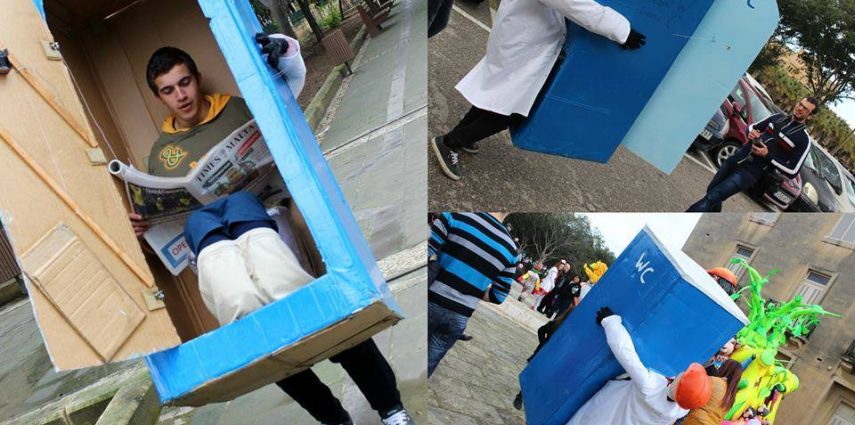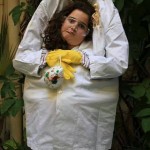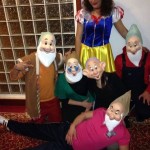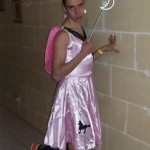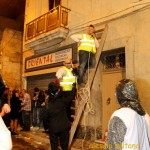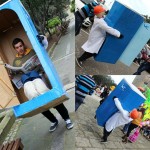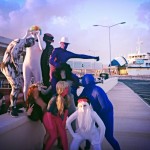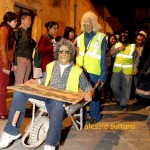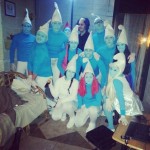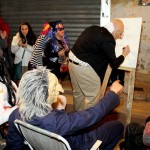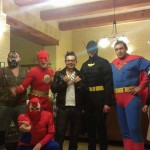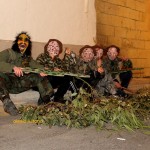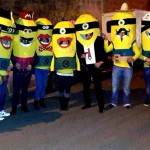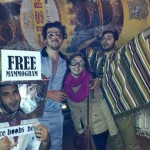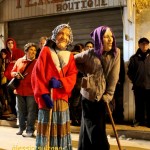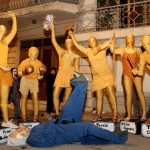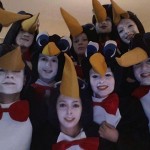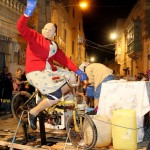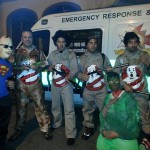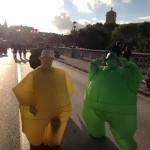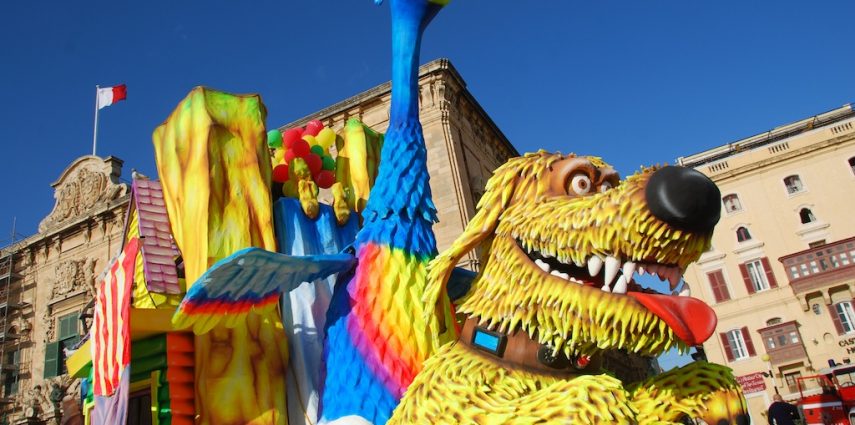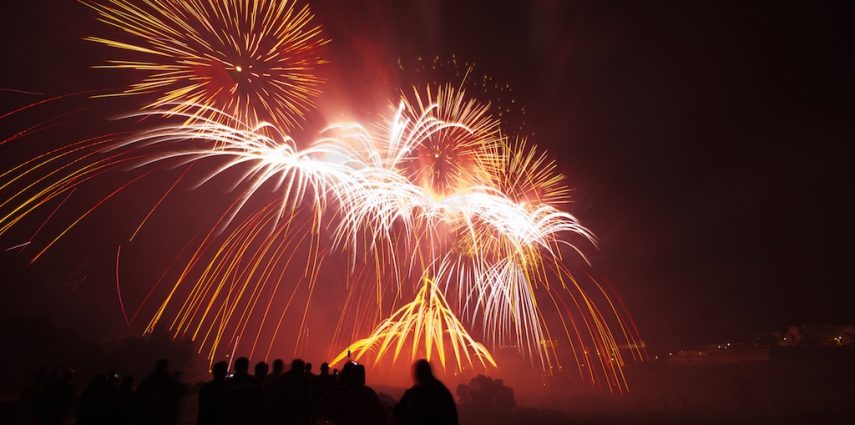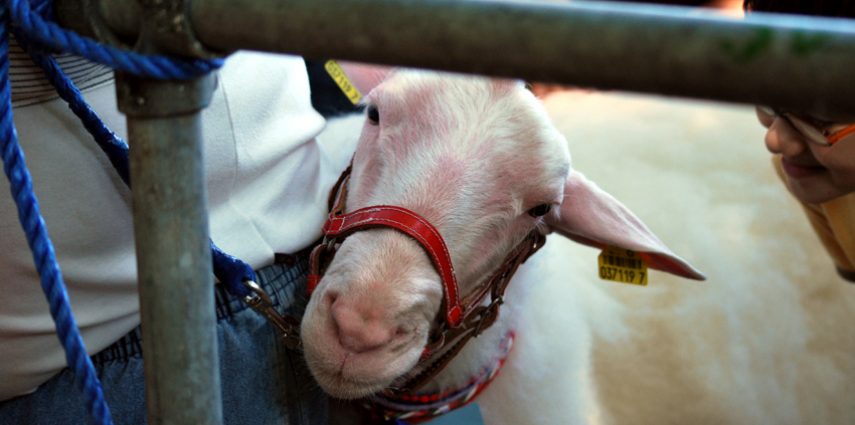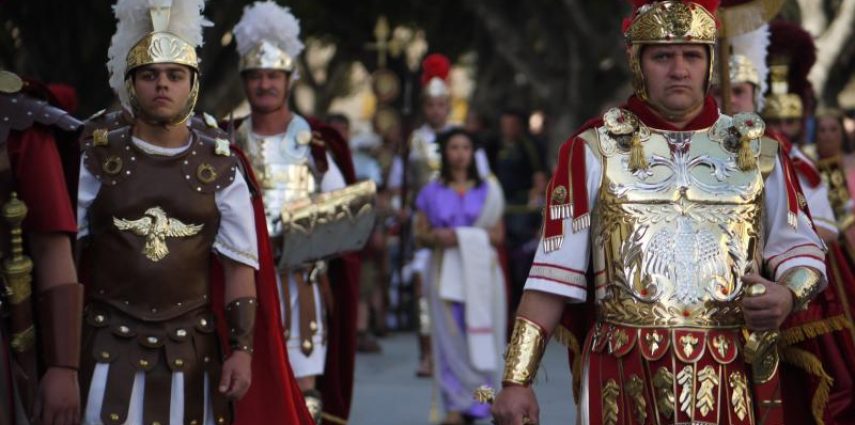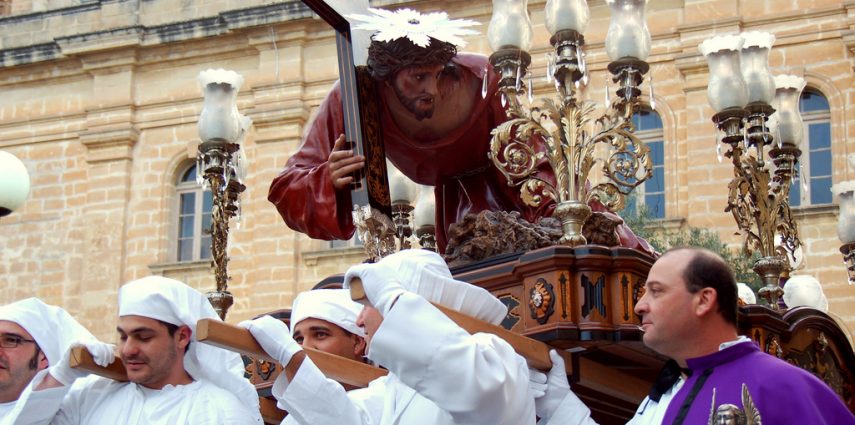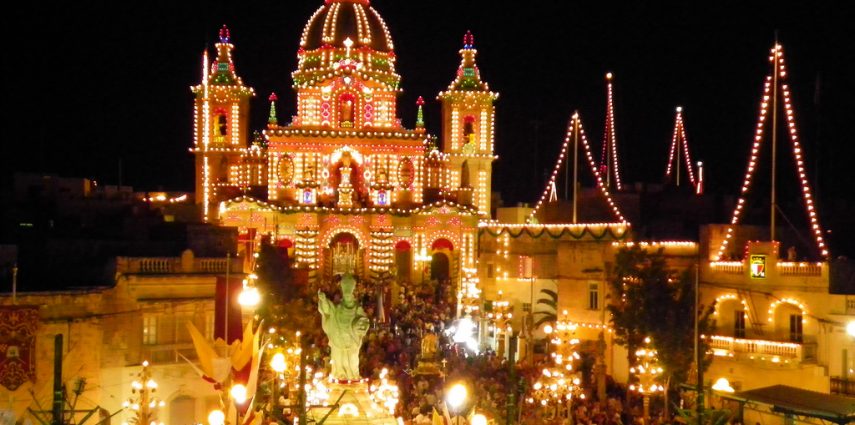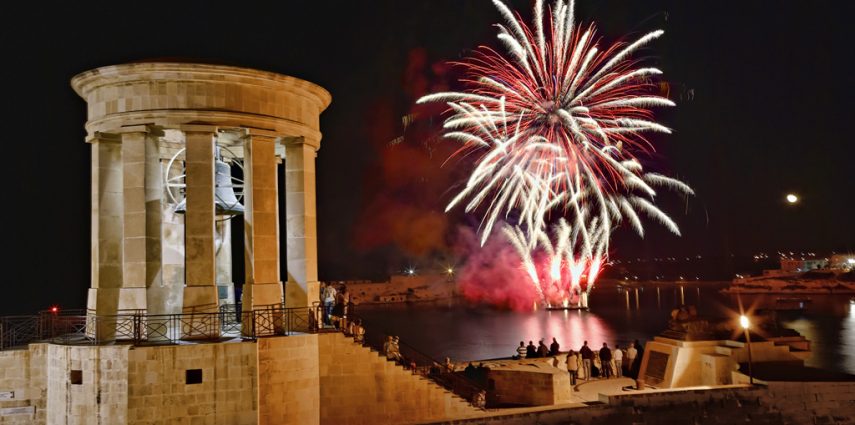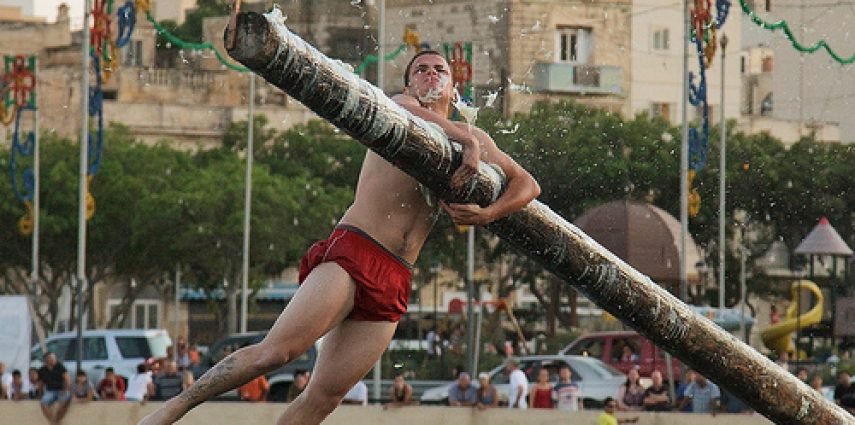Carnival may be seen as an occasion for the younger ones to immerse themselves in the world of fantasy and fiction, but many adults take this occasion to party and express themselves in creative ways.
Here are a number of shots taken during this year’s edition of the Nadur (Gozo) Traditional Carnival, famous for attracting the weirdest and funniest carnival costumes on the islands.
-
Somebody’s Nightmare
-
Urgh?
-
2 Dwarfs Missing
-
My Dear Fairy
-
Bow Ties Are Cool
-
Hellooooow… Helloooow…
-
I’m a Barbie Girl…
-
Mobile Loo
-
Waiting for the ferry?
-
Caption-Not-Required
-
Works in Progress
-
Too many Smurfs
-
Still at school?
-
Is That Spiderman? Sure?
-
Maltese Citizenship on Sale (hot topic!)
-
Camouflage
-
Minnions. Minnions. Minnions.
-
Free Mammogram
-
I NEED MILK
-
Grannies at Nadur Carnival
-
Sochi?
-
Penguinnnnns!
-
Not sure…
-
Fully Equipped Ghostbusters
-
Feeling Somewhat Bloated
- Somebody’s Nightmare
- Urgh?
- 2 Dwarfs Missing
- My Dear Fairy
- Bow Ties Are Cool
- Hellooooow… Helloooow…
- I’m a Barbie Girl…
- Mobile Loo
- Waiting for the ferry?
- Caption-Not-Required
- Works in Progress
- Too many Smurfs
- Still at school?
- Is That Spiderman? Sure?
- Maltese Citizenship on Sale (hot topic!)
- Camouflage
- Minnions. Minnions. Minnions.
- Free Mammogram
- I NEED MILK
- Grannies at Nadur Carnival
- Sochi?
- Penguinnnnns!
- Not sure…
- Fully Equipped Ghostbusters
- Feeling Somewhat Bloated
[alerts title=”Want to share?” type=”info”]Have you got photos to share? drop us an email at [email protected] and we will add them to this blog[/alerts]

